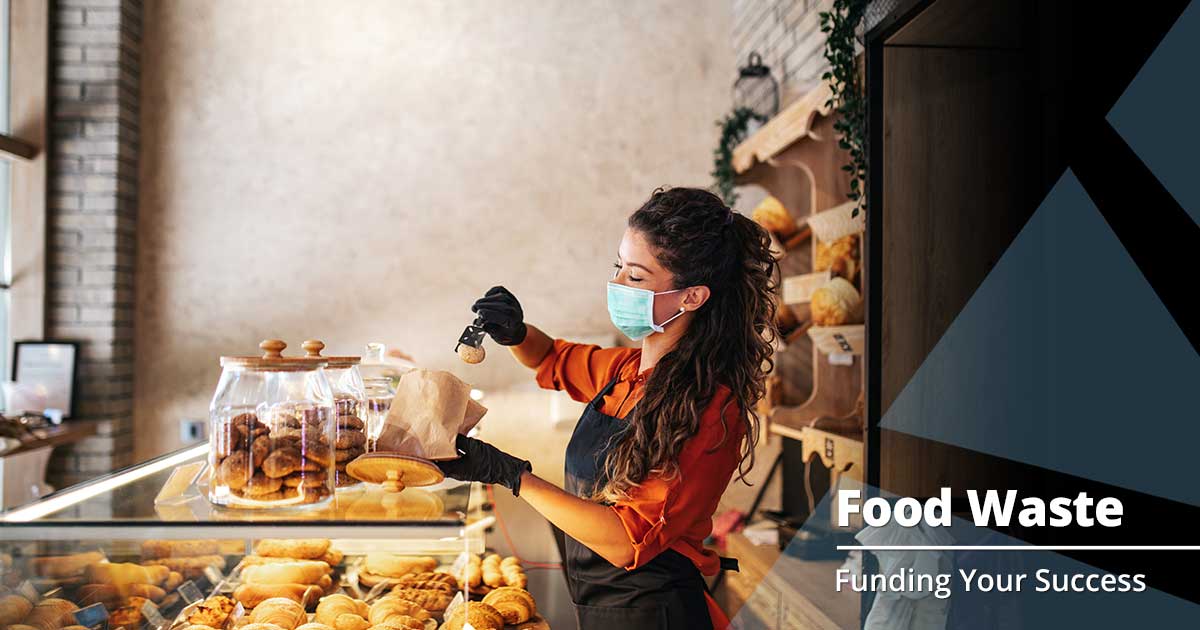How Technology is Helping Reduce Restaurant Food Waste

Ready for this statistic? According to research from the U.S. Food and Drug Administration (FDA), food waste in the United States makes up about 30-40 percent of the food supply. “Wasted food is the single largest category of material placed in municipal landfills,” as noted in the article. As a country we are becoming more and more aware of the havoc this waste is causing our environment and society, so there are lots of great initiatives out there working hard to combat food waste. Let explore a few!
Too Good to Go
With so much food going to waste that it seemingly became just a “way of life” for us, the folks over at Too Good to Go decided to put technology to work for the betterment of the environment. This simply brilliant app connects consumers to businesses that have an excess of food to get rid of. So think restaurants, local shops, etc. You just download the app in the App Store or Google Play and place your order. The website boasts there are over 43 million users that’ve joined the movement, and expanded to North America in October 2020. Read all about Too Good to Go here!
Karma
This app is available in Sweden for now, but it operates somewhat similarly to the Too Good to Go app. However instead of ordering a surprise mix of foods, Karma allows users to purchase individual meals from local spots and restaurants.
Food Waste Digestors
Digestors are pieces of equipment that mash up food waste and then break it down through the use of a biological additive (like enzymes or microbial organisms) that works as a decomposition accelerant. Water is added to the mixture throughout the process, and then the whole shebang is released into the sewer system. This all sounds well and good—food isn’t sent to a landfill, rather absorbed into wastewater. But it’s important to note that this “waste” can be damaging to plumbing and wastewater treatment plants, so you should check with local authorities before proceeding down this path.
Zest Fresh
Zest Fresh bills itself as “the industry’s first food freshness management solution that proactively prevents fresh food waste before it happens.” With this technology, wireless sensors are placed on the pallets of produce as they’re being harvested from the fields. The sensors collect data about the food’s quality and processing. This data is then combined with “cloud-based predictive analytics” that aim to positively impact freshness management. So instead of relying on a label to dictate what the “harvest date” is and how long of a shelf-life remains, workers can instead rely on real data to let them know how fresh something is. According to the site, “It provides a way of optimizing inventory and distribution management that ultimately improves delivered freshness, produce margins and customer satisfaction.”
ARF Financial is always looking at the ways technology is helping shape the restaurant industry. Check our blog, the Financial Pantry, every week for new content on everything from the latest trends in marketing to new funding programs. And our expert loan staff are here any time if you’re on the lookout for a small business loan. Come on by to learn more!

